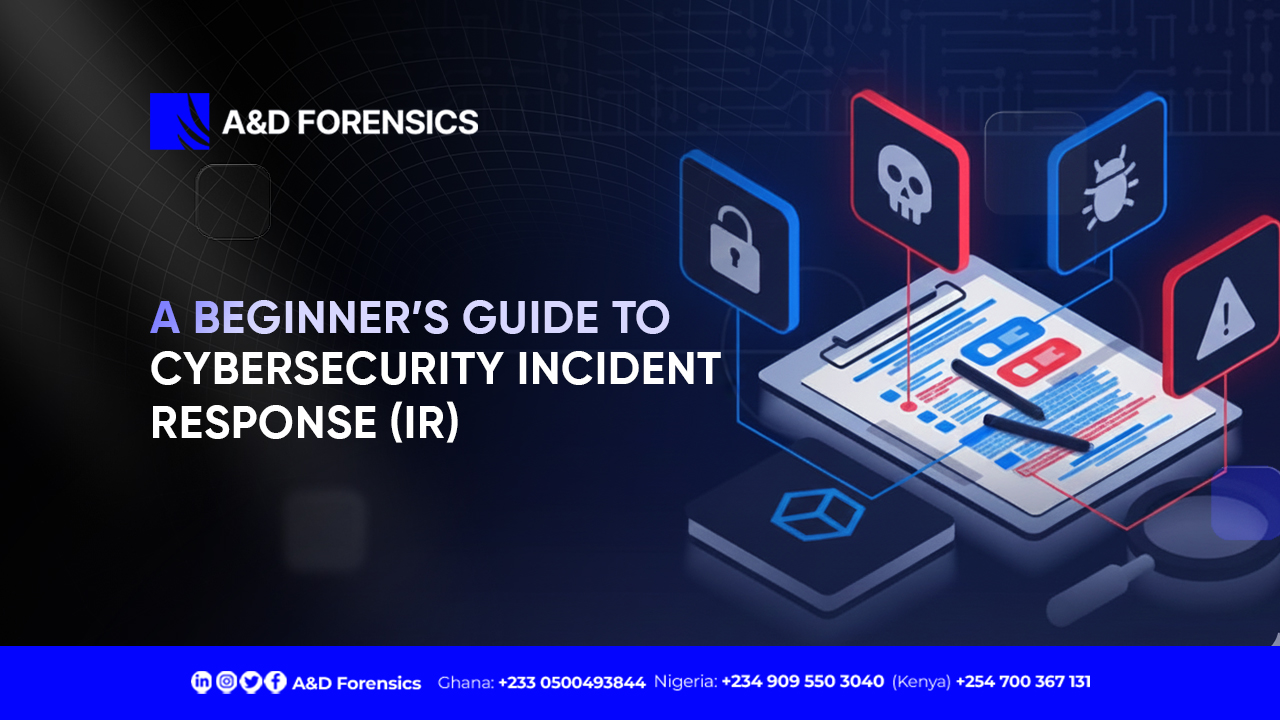What are AI Scams?
AI scams are a modern type of fraud where scammers use artificial intelligence to trick people in ways that are highly realistic and hard to detect. They use tools like deepfake videos, fake voice recordings, and AI-written messages to impersonate someone you trust, like a family member, your boss, or even a celebrity. These AI scams can be targeted at individuals or spread on a massive scale, making them faster, smarter, and more convincing than traditional scams.
According to the 2025 Anti-Scam Research Report, AI deepfakes accounted for 40% of high-value crypto fraud in 2024, and at least 87 scam rings using AI-generated deepfakes were dismantled in the first quarter of 2025.
These AI scams exploit the capabilities of AI to generate convincing fake content, automate deceptive interactions, and personalize attacks with unprecedented accuracy. These AI scams are getting smarter and more personal because AI helps scammers copy how people talk, look, and act. That makes it much harder for you to tell what’s real and what’s not.
What are the 5 emerging AI Scams?
- Deepfake AI Scams
Deepfake AI scams is a type of fraud where artificial intelligence is used to create fake but realistic videos, audio, or images of real people, like your boss, a family member, or a public figure. The goal is to trick you into believing the person is real so you’ll send money, share sensitive information, or take some other harmful action. Because deepfakes can look and sound so real, these scams are especially dangerous and easy to fall for.
Case Study: The finance clerk of a Hong Kong company lost $25 million after meeting through a video conference with a deepfake version of his organization’s CFO
- AI-Powered Social Media Bots
AI-powered social media bots are automated accounts controlled by artificial intelligence that mimic real users on platforms like Facebook, Instagram, or X (formerly Twitter). These bots can post content, send direct messages, like and comment on posts, and even engage in conversations, all without a human behind the screen
You’ve probably come across them without even realizing it. Maybe it was a new follower who seemed a little too friendly, or a comment that felt oddly generic but still personal. These AI bots are built to blend in, and they’re getting better at it every day. Powered by advanced algorithms, they behave just like real people, liking your posts, starting conversations, sharing content, and slowly gaining your trust, and they would start to share a “limited-time offer,” ask for personal information, send a suspicious link, or push fake news. Some are even programmed to engage in long-term conversations to build trust over time before making a move.
- AI-Enhanced Phishing Emails
AI-enhanced phishing emails are fraudulent messages generated or improved using artificial intelligence to look more convincing, personalized, and trustworthy. These emails are designed to trick you into clicking malicious links, giving up sensitive information, or downloading harmful attachments, often without suspecting a thing.
AI doesn’t just help scammers send one good email, it helps them send thousands of tailored emails that can adapt based on your behavior, language, or role. They’re smart, targeted, and eerily convincing. That’s why it’s more important than ever to be cautious, even when a message looks perfectly normal. In a world where AI scams are growing in speed and realism, your best defense is awareness. Always double-check email addresses, hover over links before clicking, and when in doubt, go straight to the source.
- AI Voice Cloning Scams
AI voice cloning scams are a type of AI scams where criminals use artificial intelligence to replicate someone’s voice with stunning accuracy, often a friend, family member, or trusted authority figure. These synthetic voices are used to manipulate victims into sending money, sharing personal information, or taking urgent actions under false pretenses. With just a few seconds of audio, AI can now create a voice that sounds nearly identical to the real person.
These AI scams are incredibly convincing because they play on urgency and trust. A scammer might call and say, “I’m in trouble, I need money right now,” using a voice you’d never question. And in the moment, it’s easy to react emotionally. That’s exactly what makes this kind of AI scams so dangerous: it feels personal, real, and immediate.
Advanced voice cloning technology has entered the market, which has caused such attacks to occur more frequently. Make sure you confirm doubtful requests that ask for money or personal information, since this precaution safeguards you. Being cautious and verifying any unusual requests, especially when money or personal data is involved, can help you stay ahead of this evolving threat.
- Fake AI-Generated Investment Schemes
Fake AI-generated investment schemes are deceptive financial scams powered by artificial intelligence, designed to lure you into investing money in programs or platforms that seem legitimate, but are entirely fake. These scams often feature AI-generated websites, fake testimonials, fabricated data dashboards, and even deepfake videos of well-known figures endorsing the investment. The goal is to convince you that you’re making a smart, low-risk investment when in reality, you’re walking into a well-crafted trap.
These AI scams use artificial intelligence to build an entire ecosystem that feels real, convincing websites, chatbots that answer your questions, fake dashboards showing profits growing, and glowing video testimonials. But none of it is real. It’s part of a larger web of AI scams designed to make you trust the system and invest more before it vanishes without a trace.
7 Ways to prevent AI scams.
- Don’t Trust, Verify
Just because a message sounds like your boss or looks like your bank doesn’t mean it’s real. AI scams often impersonate people you trust using deepfake audio, cloned voices, or realistic emails. If something feels off, especially if it involves money, urgent action, or personal data, pause and verify it through a different channel. Call or text the person directly, or log in through the official website.
- Be Cautious With What You Share Online
Scammers use your digital footprint to create highly targeted attacks. That birthday post, job title, or vacation update might seem harmless, but it gives AI the raw material it needs to impersonate or trick you. Keep personal information private or limit your audience, especially on public platforms like LinkedIn or Instagram.
- Watch for Emotionally Manipulative Messages
AI scams often trigger panic or urgency. A message might say, “Your account is compromised!” or “Your family member is in danger!” This emotional manipulation is intentional. Always take a step back, breathe, and evaluate. Scammers want you to act fast, your power is in slowing down.
- Double-Check URLs, Emails, and Numbers
Many AI scams involve phishing links that appear almost identical to real websites. Look for subtle spelling differences, odd domains, or unfamiliar email addresses. Hover over links before clicking and avoid downloading unexpected attachments, even from people you think you know.
- Use Multi-Factor Authentication (MFA) on Everything
AI can guess or steal passwords, but it can’t bypass your second layer of protection. Enable MFA on all accounts, especially financial ones. It adds a secure barrier between scammers and your information, even if your login credentials are compromised.
- Keep Your Devices and Apps Updated
Outdated software can have security vulnerabilities that AI-powered bots exploit automatically. Make sure your phone, computer, browser, and apps are running the latest versions with current security patches. This one step can block a wide range of attacks.
- Stay Educated on Evolving AI Scams Tactics
The world of AI scams changes rapidly. What works today might not protect you tomorrow. Follow cybersecurity blogs, watch for scam alerts, and educate others in your network. The more informed you are, the less likely you are to fall for AI scams.
Conclusion
It’s not about being scared. It’s about being smart. AI scams thrive when you let your guard down, but with a little awareness and a few daily habits, you can shut them down before they even get started.






